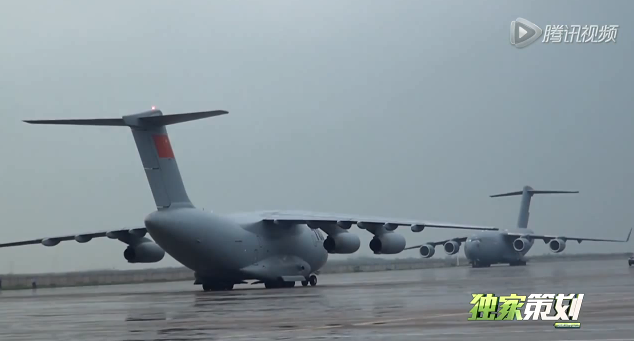China-made airlifter (that looks like a C-17/A-400M hybrid) is one of the highlights of Zhuhai airshow.
The Stealthy J-31 “Falcon Eagle” is not the only highlight of the China International Aviation & Aerospace Exhibition: the Y-20 a brand new military cargo plane that made its maiden flight on Jan. 26, 2013 is also taking part in the Zhuhai airshow, which starts next week in China.
The Chinese airlifter arrived at Zhuhai from Xi’an Yanliang Airport at 11:54AM LT after a 3-hour flight, on Nov. 5.
The following video shows the Y-20 land at the end of its practice display and park in the apron reserved to the large aircraft, close to the Boeing C-17 of the UAE Air Force, supporting the Al Fursan display team.
The large military transport plane is a hybrid between the U.S. C-17, the Airbus A400M Atlas four-engine turboprop, and the nose section of the Antonov An-70; in July 2009, a former Boeing employee was convicted of selling secret C-17 technical details to China.
The image below lets you compare the shape of the two airlifters.
Image credit: @AK630
















